On a Mission x4
Today we ventured a little further south of the Alamo to see the other four missions in the area. Our history lesson went way back to these “self-sustaining communities, built in the 1700s to give Spain a foothold on the Texan frontier.” After decades of neglect, military occupation, and disrespectful tourists, restoration continues, to bring these amazing settlements back to life.
Click on the first photo in each group and scroll to see the square photos at full size.
To start at the beginning of this series, visit So Long Snow 2022.
San Antonio River Walk Mission Reach
As you may remember, our first time in San Antonio was a day trip – which meant a tour of the Alamo, with lunch and a nice walk along the more well-known section of the River Walk. Today we’ll explore south of downtown in the section known as the Mission Reach. This eight-mile stretch extends the River Walk to connect with four additional missions. We took the “Mission Trail Driving Tour” since sixteen miles seems like a bit of a stretch for these old legs.
Again, had I known then what I know now – we would have visited Confluence Park and the River Return Portal while visiting our first mission (Concepción) since the river is only about a half-mile walk from the mission. Much to Jim’s dismay, I always dig deep to do these blogs after our visits and find things that make a return trip imperative. Check back in 2024, unless you make the trip before that.
The Five Spanish Missions of San Antonio
“From 1718 to 1731, priests of the Franciscan Order established the San Antonio Missions. The Spanish government and the Catholic Church sent priests to Texas (then part of New Spain) to settle and protect territory claimed by the Spanish Crown.
No permanent Spanish settlements existed in the area prior to the construction of the Missions. The priests were responsible for bringing the indigenous people of the region, nomadic hunter-gatherers known as Coahuiltecans, into the Missions to create viable Spanish communities.
The priests sought to make the indigenous people into “gente de razón” (good Spanish citizens) through the following means: 1) Conversion to the Catholic faith, 2) Vocational skills such as farming, weaving, and masonry, 3) Adoption of Spanish culture and language, 4) Spanish provided protection and well-being, 5) Engagement in the construction of mission structures and irrigation systems using water from the San Antonio River needed to support the missions and their farmland” ~ READ MORE
“Native transformation took place culturally, economically, and spiritually. The hunter gatherers of the area gave up their nomadic ways and pagan rituals to follow the discipline of the cross. The toll of the tower bells set the daily schedule for mission residents. From scattered bands of roving Native Americans, the Spanish hoped to weave the fabric of a thriving agricultural society. Franciscan friars taught community harmony through the Catholic sacraments of baptism, communion, reconciliation, and marriage.” ~ READ MORE
All five San Antonio Missions became a UNESCO World Heritage Site in 2015 as part of the San Antonio Missions National Historical Park.
Mission Concepción
Mission Nuestra Señora de la Purísima Concepción de Acuña
Most Well-Preserved
Franciscan friars founded this mission in 1716 in East Texas and in 1731 it was relocated here, along the San Antonio River. Dedicated in 1755, this church is considered one of the most well-preserved Spanish colonial structures in the United States.
Native Americans were gathered at the mission with hopes of providing them some roots in their nomadic lives. During their stay they constructed the buildings, an acequia (irrigation ditch), animal pens, a granary, a well, and a stone perimeter for defense. In addition, they prepared the land so the Mission complex could be self-sufficient, by surrounding it with crops that were irrigated by the acequias.
Mission Concepción was designated a National Historic Landmark in 1970, and was listed in the National Register of Historic Places in 1978.
Really something!
“Brightly painted frescos that decorated the church’s exterior in the 1700s are still faintly visible. Extensive art inside the buildings on the convento (convent) walls and ceiling was restored in 1988.
The Missions survived for decades, creating a distinctive culture that blended native traditions with newly adopted Spanish ways. Communally, the missions have shaped the personality of San Antonio, now the nation’s seventh-largest city, as a melting pot of Latino, Native American and Western cultures.” ~ READ MORE
Mission San José
Mission San José y San Miguel de Aguayo
Our Favorite
Founded in 1720 with many temporary structures, Mission San José was relocated three times. This was by far our favorite, mostly because of the awesome arched-stone walls and the mill which provided great photo opportunities.
“In 1768, construction of the existing church began and finished about 14 years later. The church’s façade and Rose Window are considered the finest examples of Spanish colonial ornamentation in the United States. Mission San José’s Visitor Center features the short film Gente de Razón (People of Reason) to provide an overview of mission life. The church holds a bilingual Mariachi Mass every Sunday at 12:30 pm.
Initially, 240 Native Americans assigned to the Mission served as the primary labor force for construction, irrigation, and farming. The compound included a stone friary (convento), a granary, a gristmill, and workshops for carpentry, blacksmithing, and weaving. The Mission also had two livestock ranches (Rancho de Atascosa and Rancho de San Lucas) 25 miles away where Mission Native Americans learned to raise livestock.” ~ READ MORE
An Impressive Complex
Additional photos of the outside were a real treat, with more arches, a great view of the defensive wall, and its ornate gates. The sheer size of the property gives San José its reputation as the “Queen of the Missions.”
“La ventana de Rosa, The Rose Window, is located on the south wall of the church sacristy [last photo below]. The window is described as the site where the Host was shown to gathered Mission celebrants during the Feast of Pentecost.
Sculpted in 1775, the Rose Window is considered to be one of the finest examples of baroque architecture in North America. Its sculptor and significance continue to be a mystery. Folklore credits Pedro Huizar, a carpenter and surveyor from Spain, with carving the famous window as a monument to his sweetheart, Rosa. Tragically, on her way from Spain to join him, Rosa was lost at sea. Pedro then completed the window as a declaration of enduring love.” ~ READ MORE
The Interiors were Amazing!
The Mill
“By means of acequias or ditches, this mill, the oldest in Texas, was run by water from the San Antonio River. The lower part of the mill is original. The upper room is restored. After powering the mill, the water was conducted through the ditch to irrigate the fields.” ~ FROM THE SIGN BELOW
Mission San Juan
Mission San Juan Capistrano
“The discovery of a French fort in Spanish Texas jolted Spanish authorities into action. How would Spain keep France out of the land called Tejas? The Spanish would use the mission system to convert native Indians into citizens loyal to the Spanish Crown. Speaking Spanish, wearing clothes, paying taxes, and worshipping as Roman Catholics, these new citizens would establish a clear Spanish presence at the far reaches of the Camino Real, the King’s Highway.
In 1716 friars from the college of Queretero, Mexico established Mission San Jose de los Nazonis near what is now Nacogdoches, Texas. Troubles plagued the East Texas missions from the beginning. The nearby French military presence was a threat. The local native population resisted the structured religious lessons and endless work of mission life. These East Texas Caddoes already practiced farming, traded with other Indians, and had their own religion. They were mound builders. They had settled villages. Cultivated crops were plentiful. When disease broke out, the Indians blamed the fatal waters of baptism and rejected the missionaries.
Franciscans moved the mission west in 1731. The hunter gatherer tribes of the San Antonio area proved much more receptive to the Spanish message. Missionaries found hundreds of potential converts enjoying the springs and refreshing waters of the San Antonio River. Scarce food, harsh weather, and hostile Apaches drew local Indians to mission life. Native hardship led to mission success. Soon the thriving mission, renamed San Juan Capistrano, exported food, blankets, and cloth along the Camino Real and into Louisiana.” ~ READ MORE
A Hard Life filled with Purpose
After our visit to Mission San José this mission seemed a little worse for wear, with crumbled walls in piles at the entrance. A sign reads: “Only a fraction of the buildings of the self-sustaining community that was Mission San Juan can still be seen above ground today. Archeology and old Spanish records provide clues to help us imagine this settlement of as many as 200 souls.
Outside the walls were fertile fields where one quart of seed yielded six bushels of corn at harvest. A prosperous ranch 25 miles distant raised over 3,500 sheep and 3,000 cattle. Inside the mission, workshops produced cured hides, cloth, wooden articles, and ironwares.”
After looking around a bit, the still-standing buildings were quite beautiful and I could picture how life could have thrived here. To help you get a picture of a day in this life, please read “A Day in 1765.”
A Visit to the Museum
For a very small space, the museum was one of the best I’ve seen. It was very enlightening as well, and bilingual stations gave a nice overview of extent of the work that was done to make this mission a thriving, self-sustaining community.
Mission Espada
Mission San Francisco de la Espada
“Mission San Francisco de la Espada was the first Spanish Mission in Texas. It was founded in 1690 as San Francisco de los Tejas near present-day Nacogdoches in East Texas. It was renamed as Mission San Francisco de la Espada when it moved to San Antonio in 1731. Distinctive Spanish design features can be seen in the church doorway, bell tower, and brick archways. Espada’s ranch, Rancho de las Cabras, is 23 miles south of the Mission and had as many as 1,262 head of cattle and 4,000 sheep. Mission Espada’s acequia is the nation’s oldest in continuous use. It still uses San Antonio River water to irrigate local crops today illustrating the connection the river makes between the past and the present.” ~ READ MORE
Conversion or Coercion
“The mission church at San Francisco de la Espada was a portal to a new way of life for natives. Imagine being thrust into a foreign environment. The language, the customs, the religion, the entire world view is completely different from your own. What could lure you to give up everything you knew and believed?
Natives entered the missions for different reasons. Some came for protection from their enemies. Some came for the regular supply of food. Some came for covered shelter during harsh winters. Others were coerced into mission life. For most natives the transition to Spanish society was difficult. Running away from mission life was so widespread that excursions to recapture and collect new potential converts were common.” ~ READ MORE
Arizona Here We Come!
This was a wonderful day. This is where we say goodbye to the beauty of the missions and San Antonio, and move on to a new location.
Up Next: The Wild West
Happy trails,
Barb

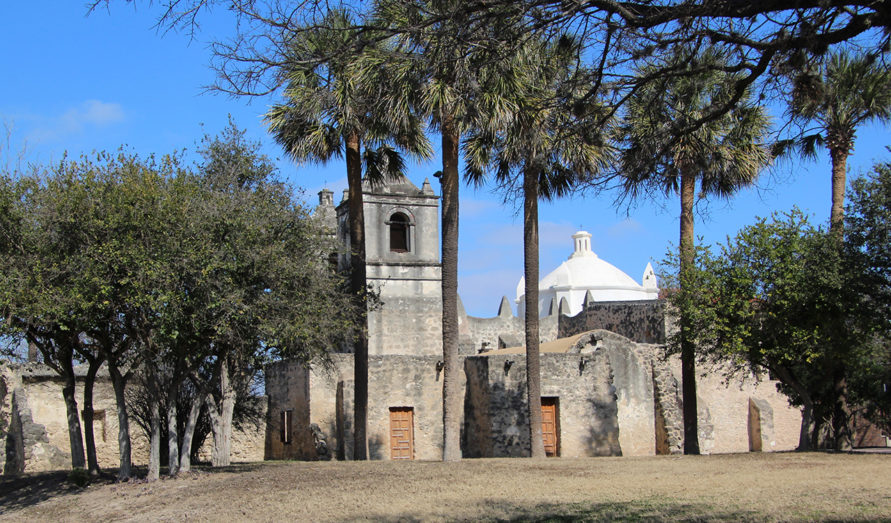
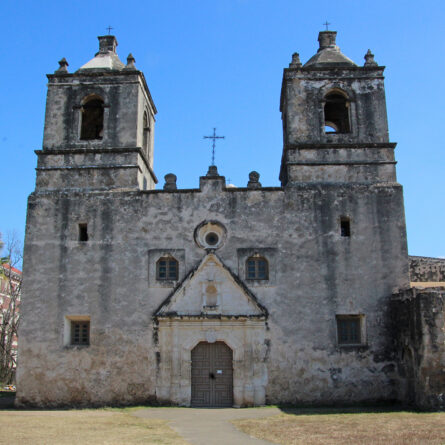
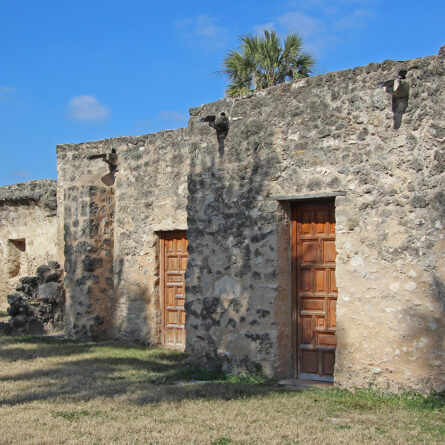
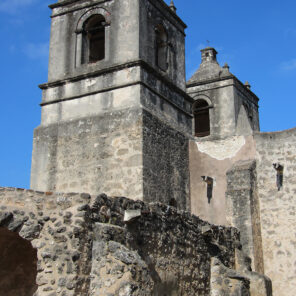
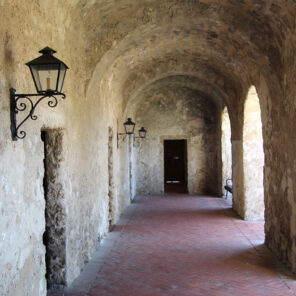
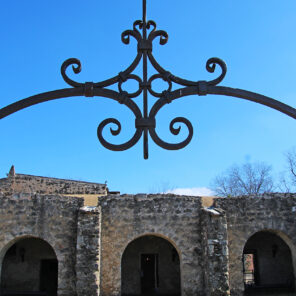
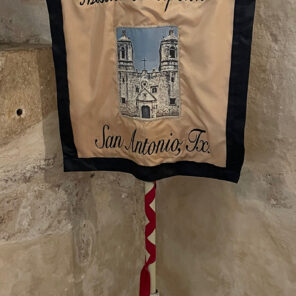
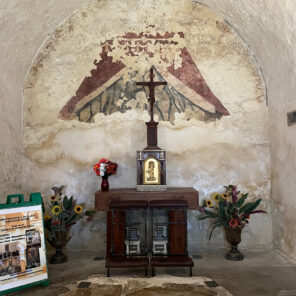
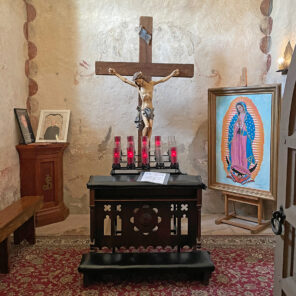
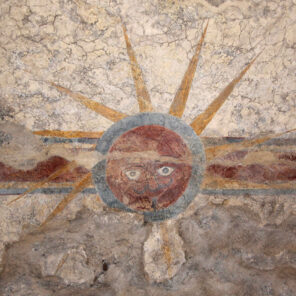
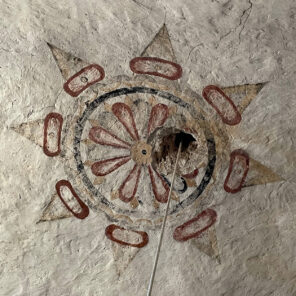
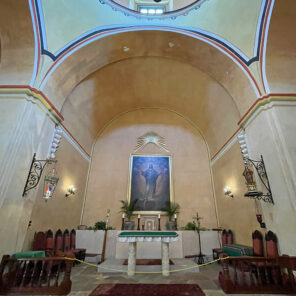
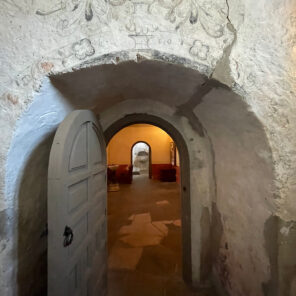
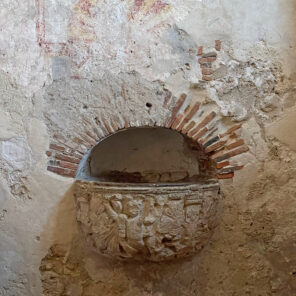
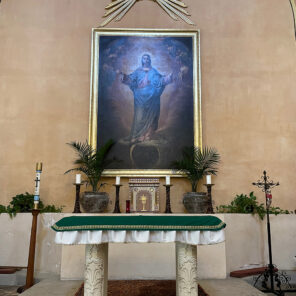
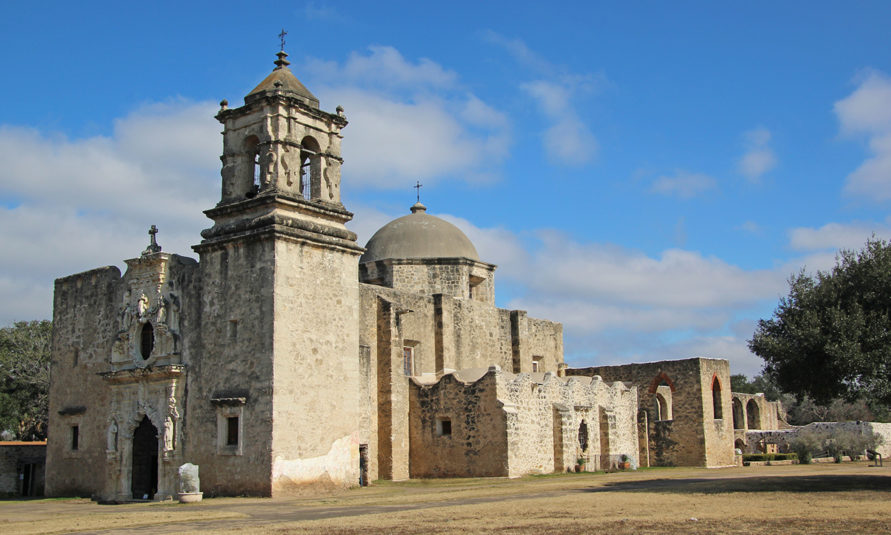
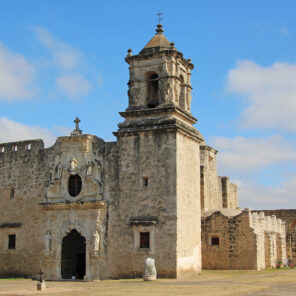
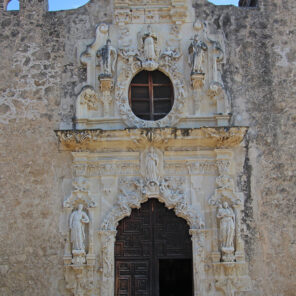
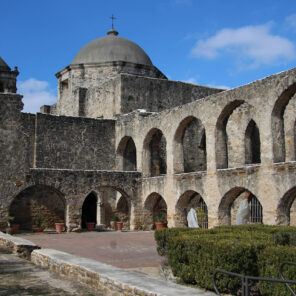
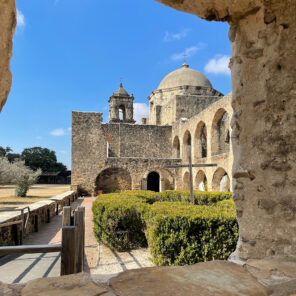
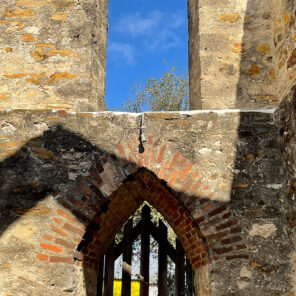
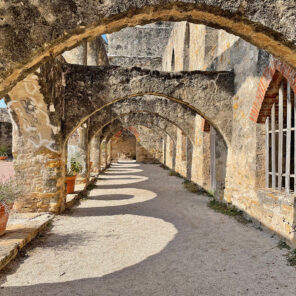
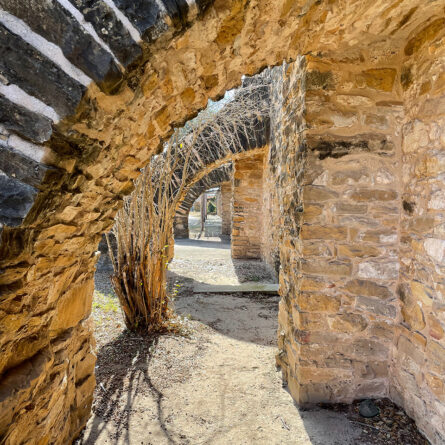
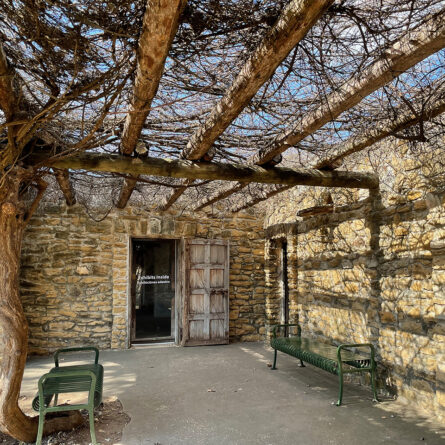
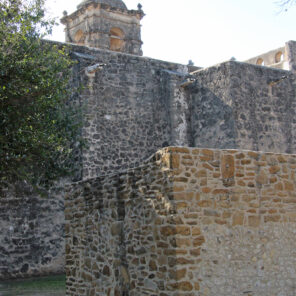
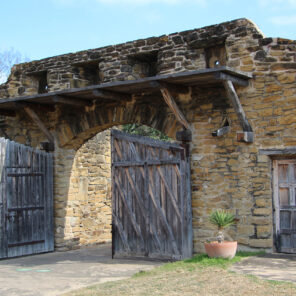

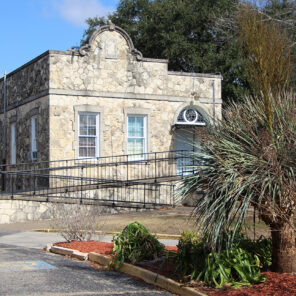
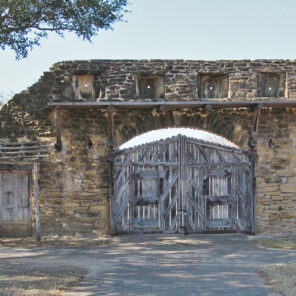
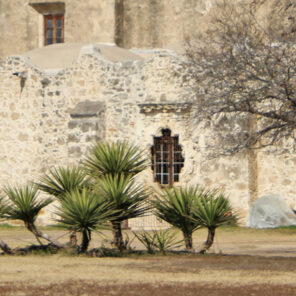
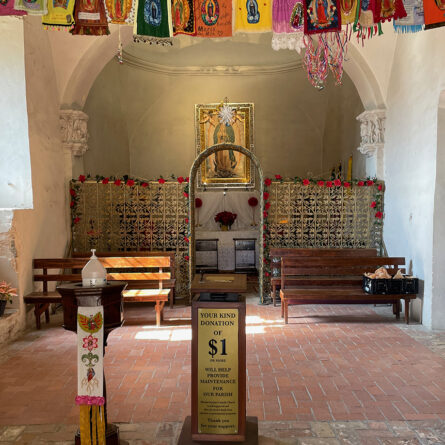
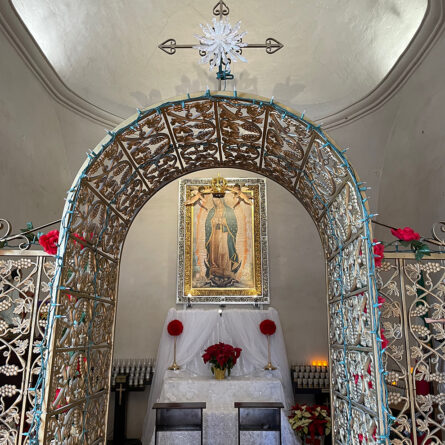
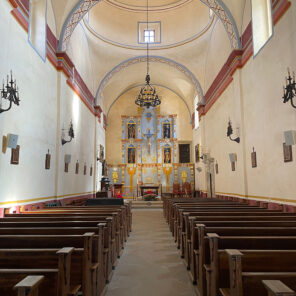
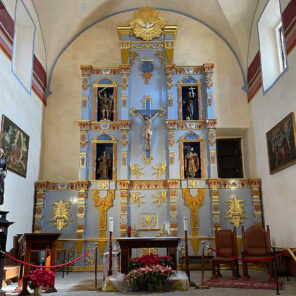
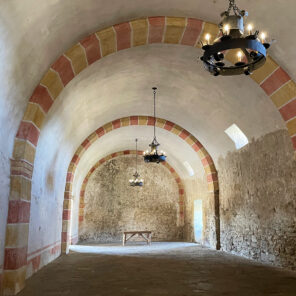
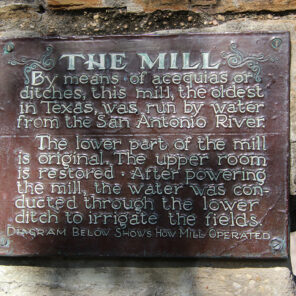

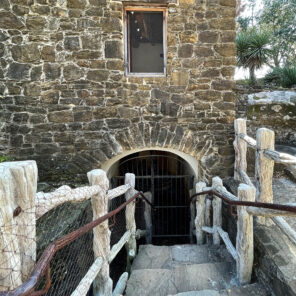
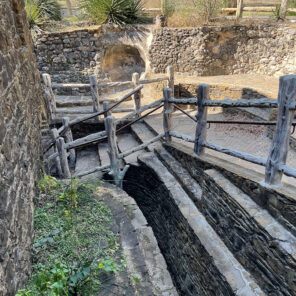
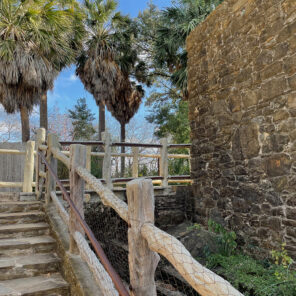
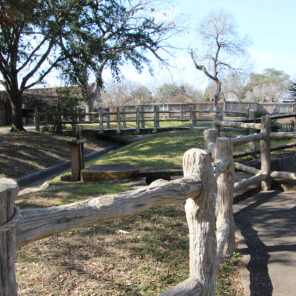
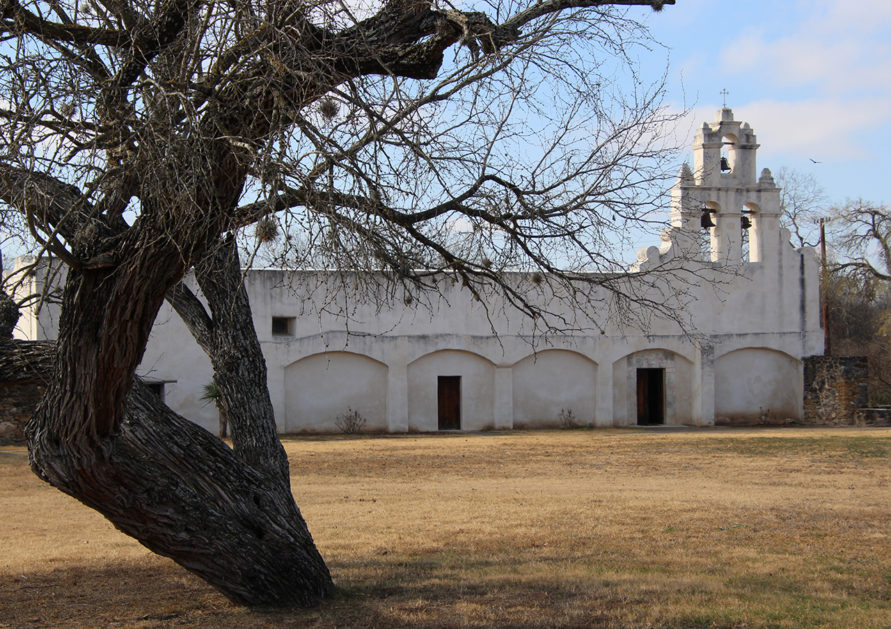
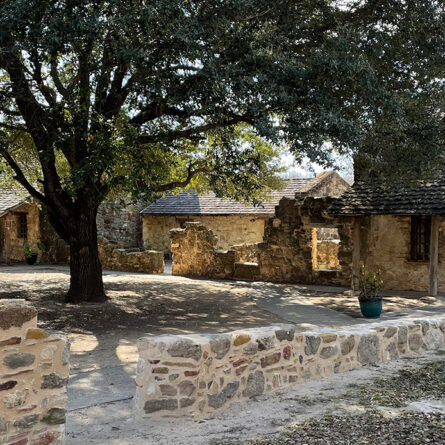
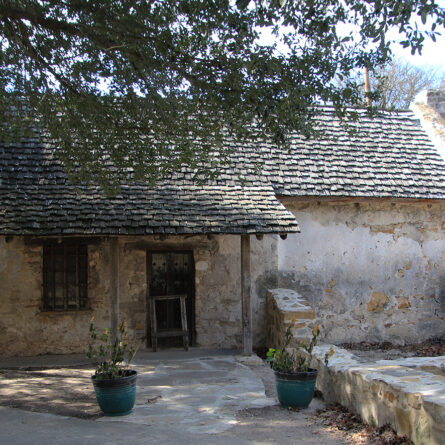

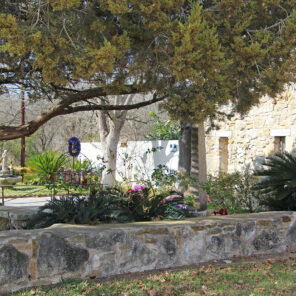
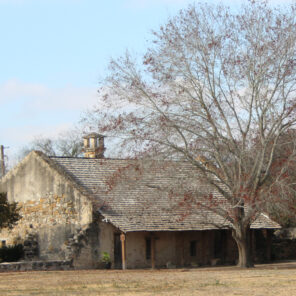
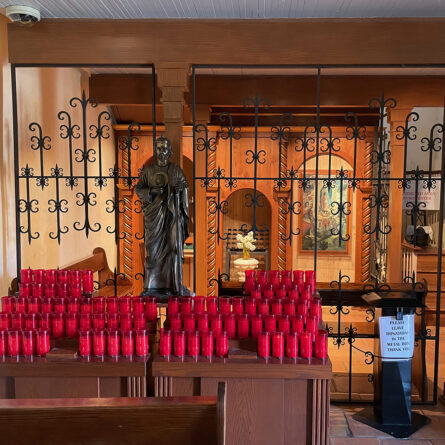
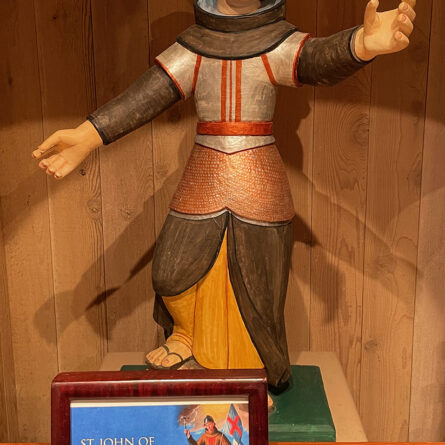
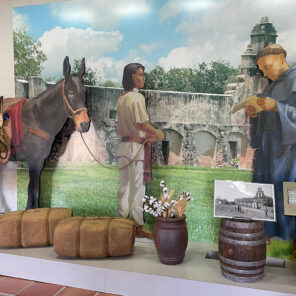
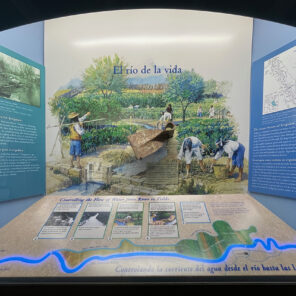
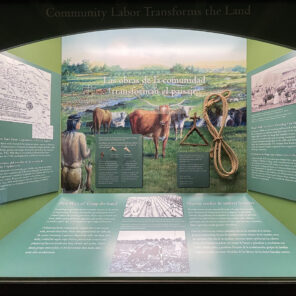
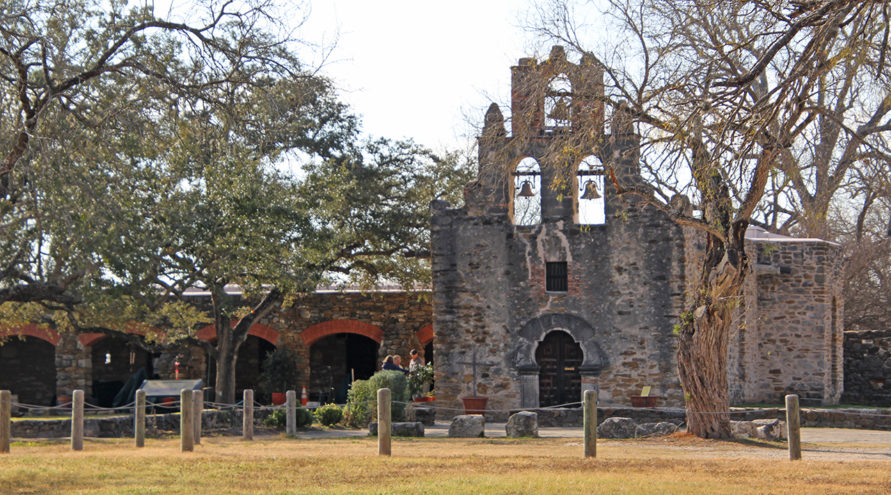
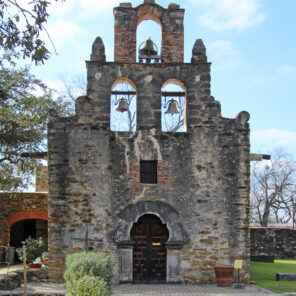
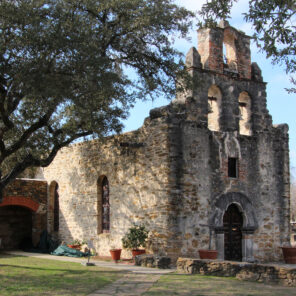

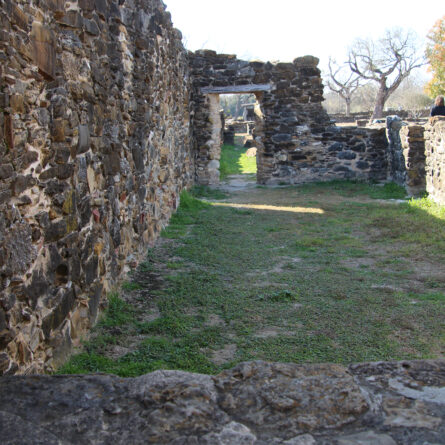

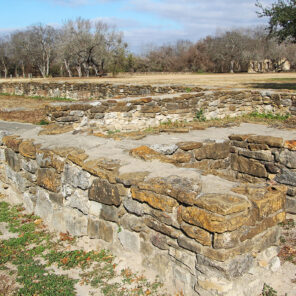
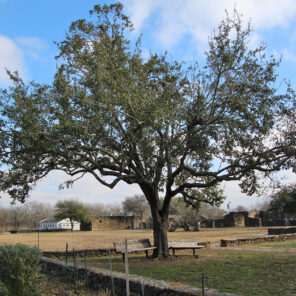
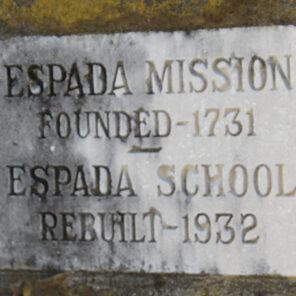
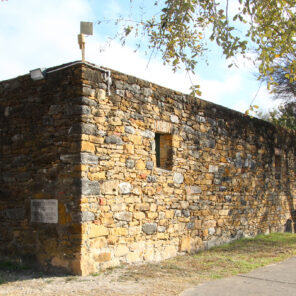
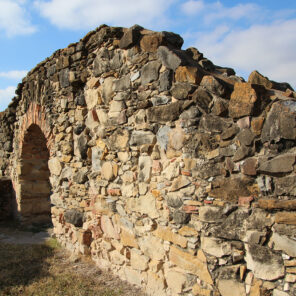
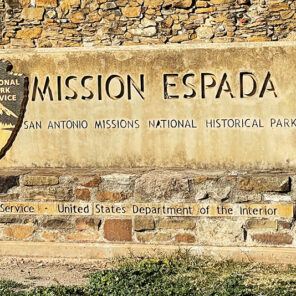






Comments are closed here.